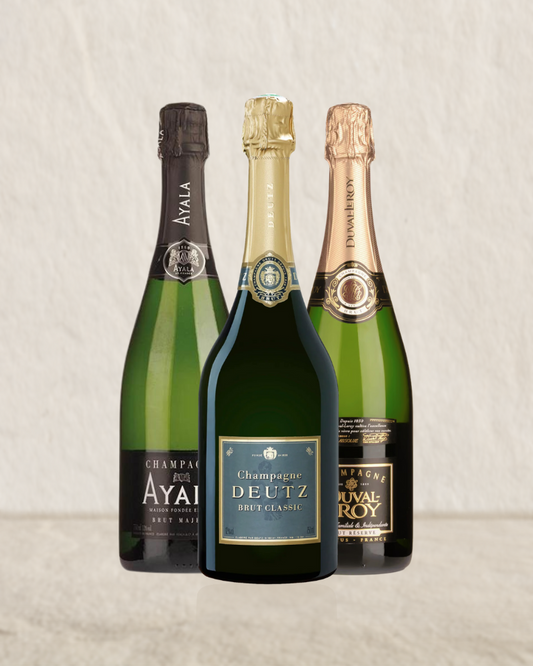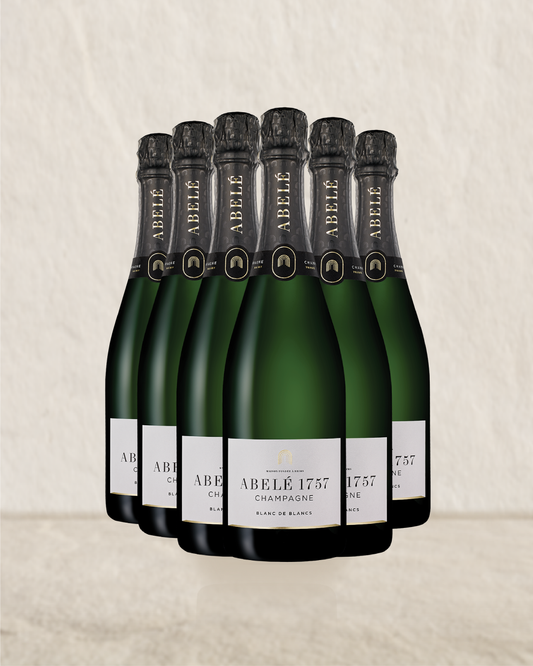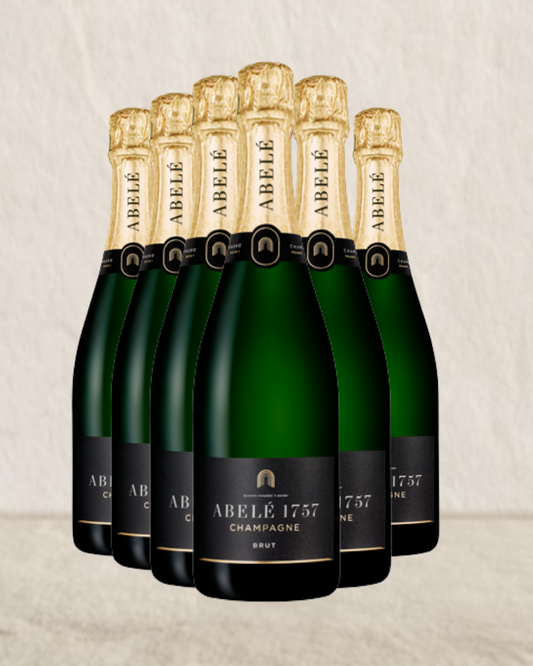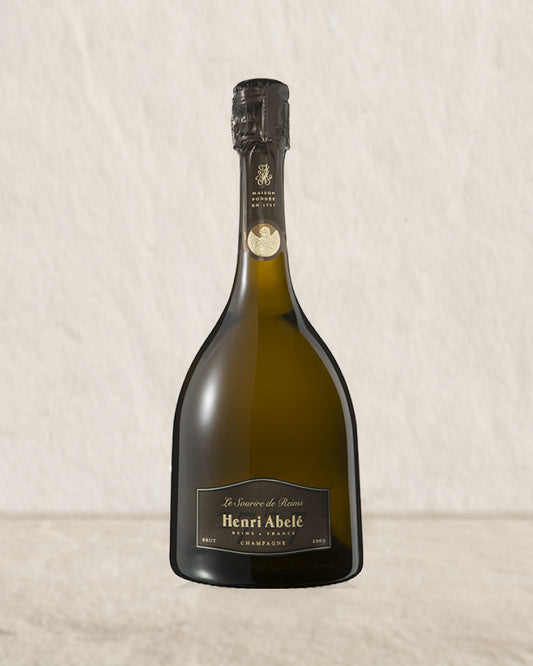A great deal of information about the product and its quality can be learned by certain information on the label
The following information is mandatory:
- The name of the producer and where the wine was produced
- The size of the bottle
- The year of vintage (if it is a vintage)
- The level of sweetness (Brut, sec, demi-sec, doux, etc.)
- The style- vintage, rose, blanc de blancs, blanc de noirs
- Alcohol content
- Produce of France
- The registration letters and matriculation number (this can be a reasonable indicator of quality)
The Champagne trade can be divided into three main sectors: The houses, the growers, and the co-operatives
NM- Negociant-manipulant –the houses – although they may possess some vineyards, many rely on the purchase of grapes to produce their wines
CM- co-operative-manipulant- produced by the co-operatives who may either sell under their own label or that of the grower
RM- recoltant-manipulant- small growers who use their own grapes to make the market their own wines. (They are restricted in increasing their crop by purchasing a maximum of 5% over and above their own grapes- which can be limiting in lesser vintages)
RC- recoltant-cooperateur- growers who remove their own bottles, bearing their own label, from the co-operative after it has made the wine
MA- marque d’acheteur- A buyers own label, e.g Champagne Pol Gessner made by Lanson for Woolworths
SR- Societe de recoltant- denoting wines from a company of wine growers who belong to the same family
R- recoltant- growers who sell their grapes to be processed elsewhere- a little Champagne is returned to them with their own label
ND- negociant-distributeur – buyers who buy in finished Champagne and distribute it under their own name.







